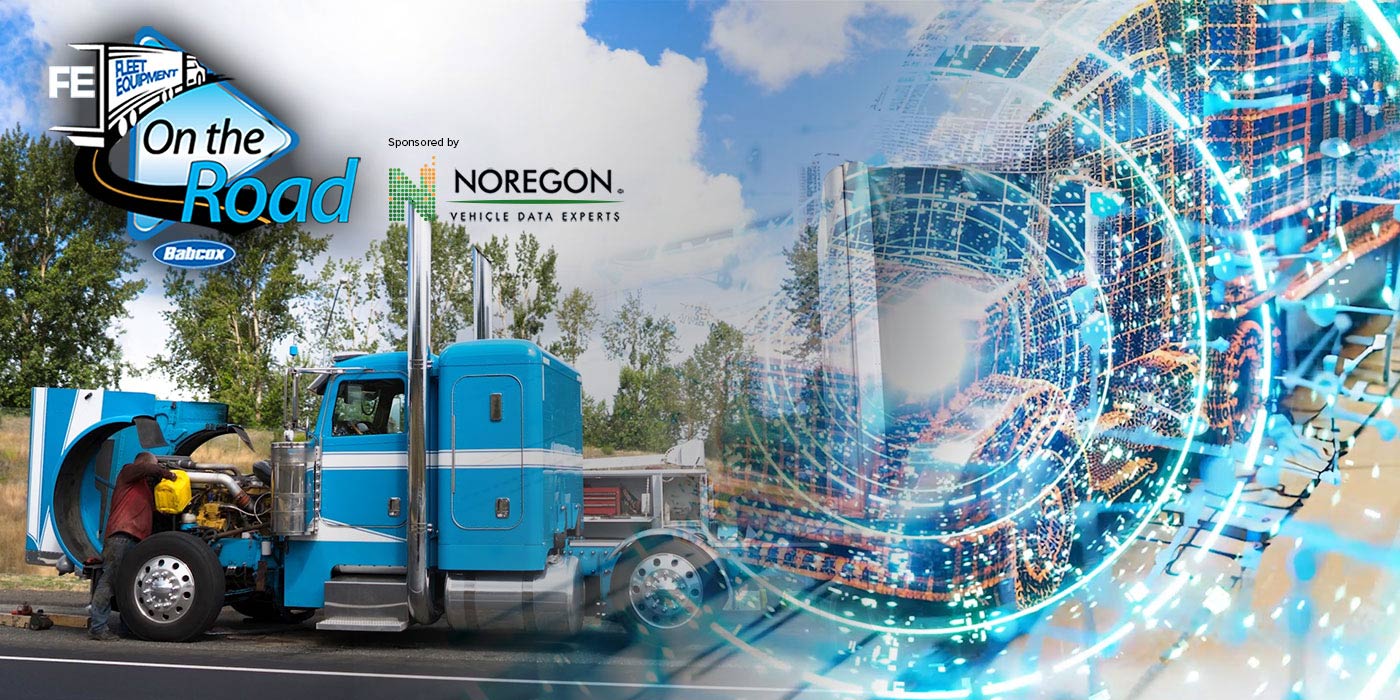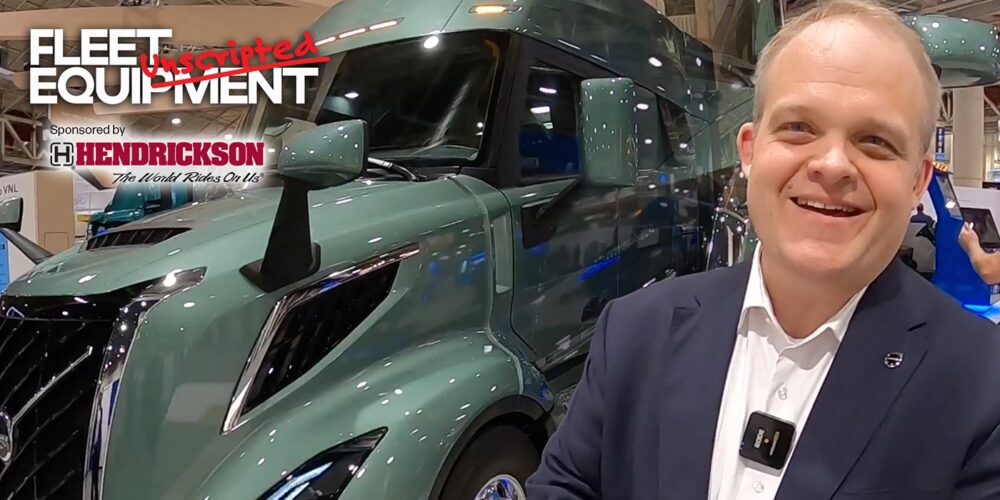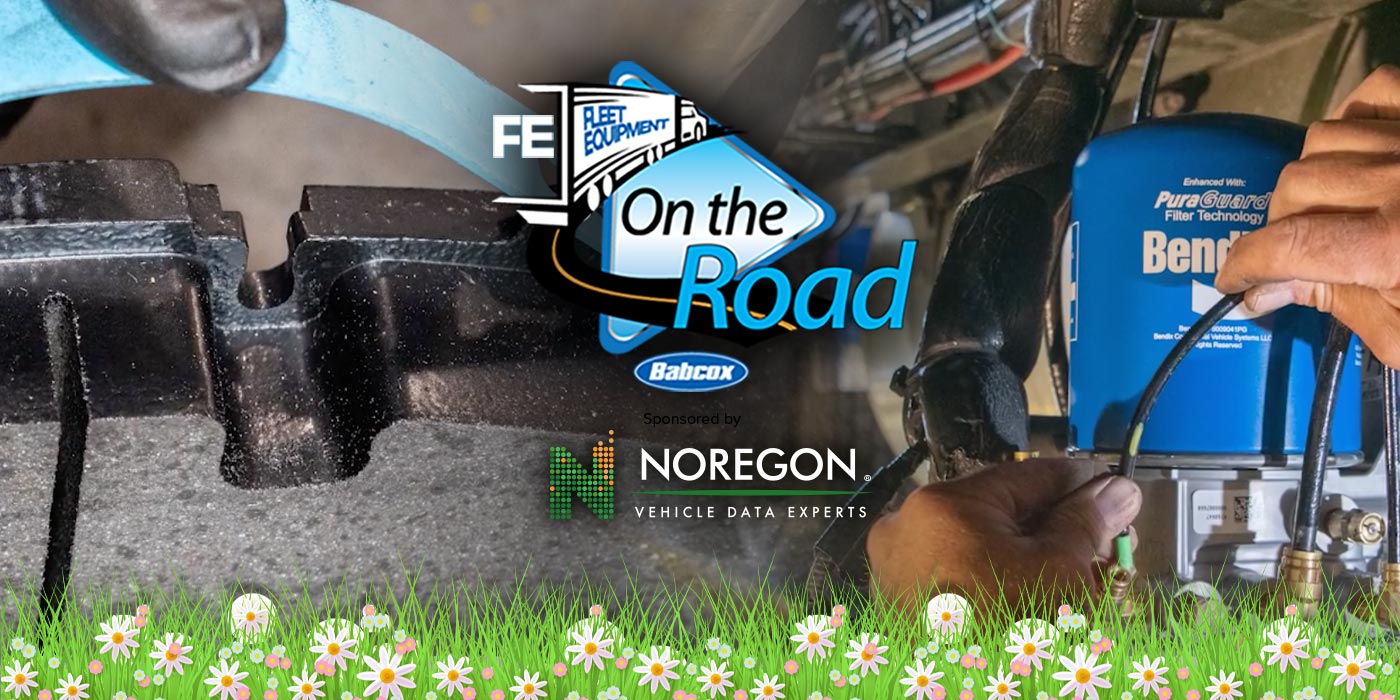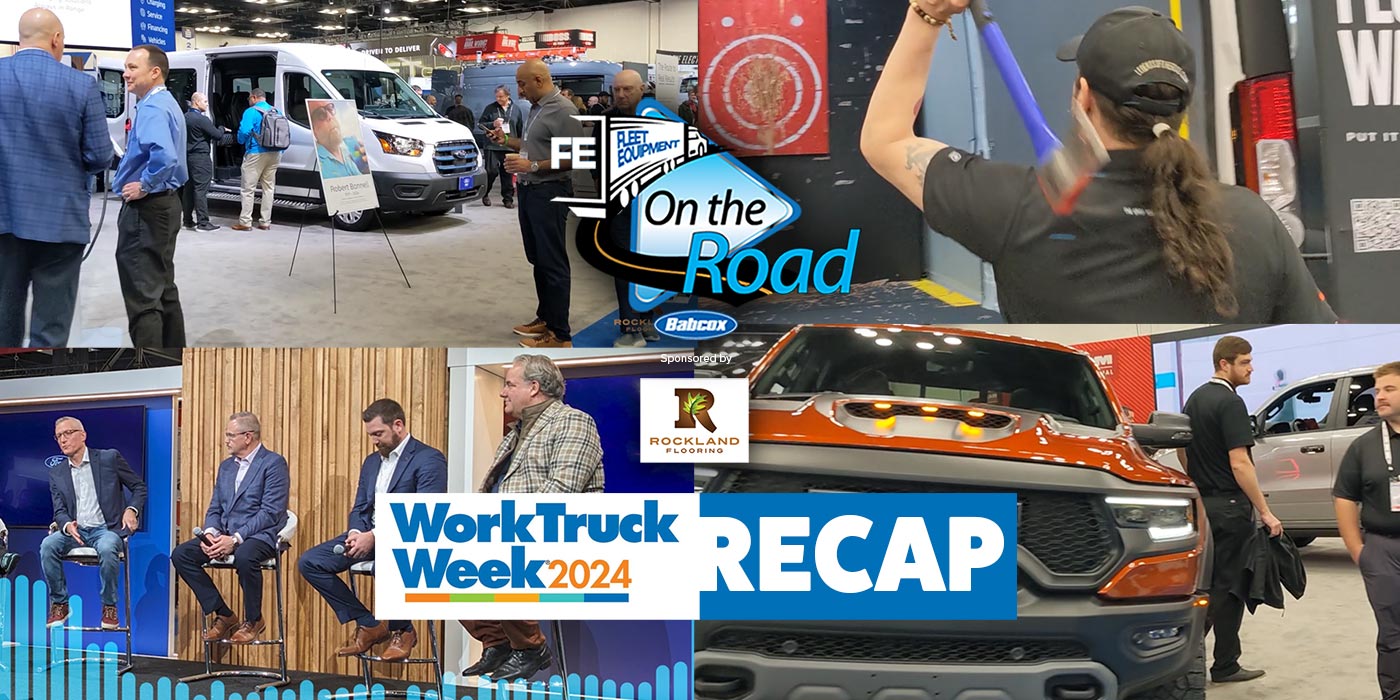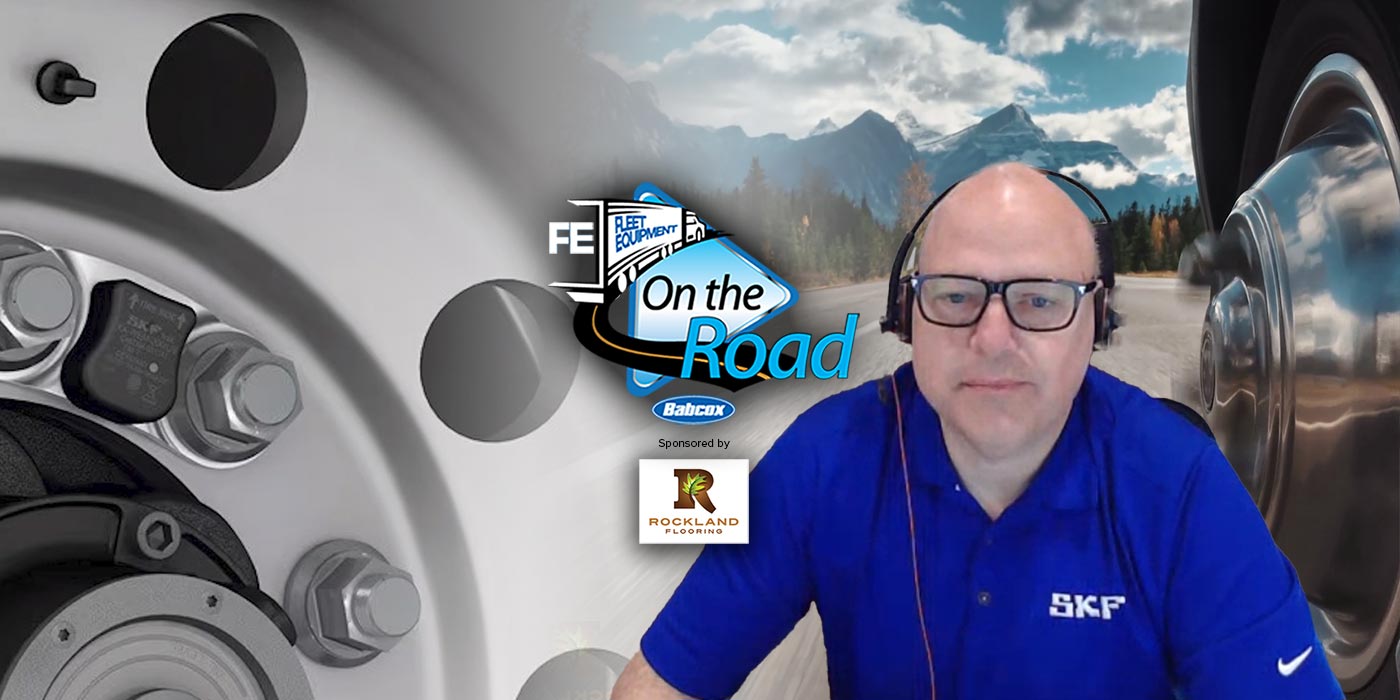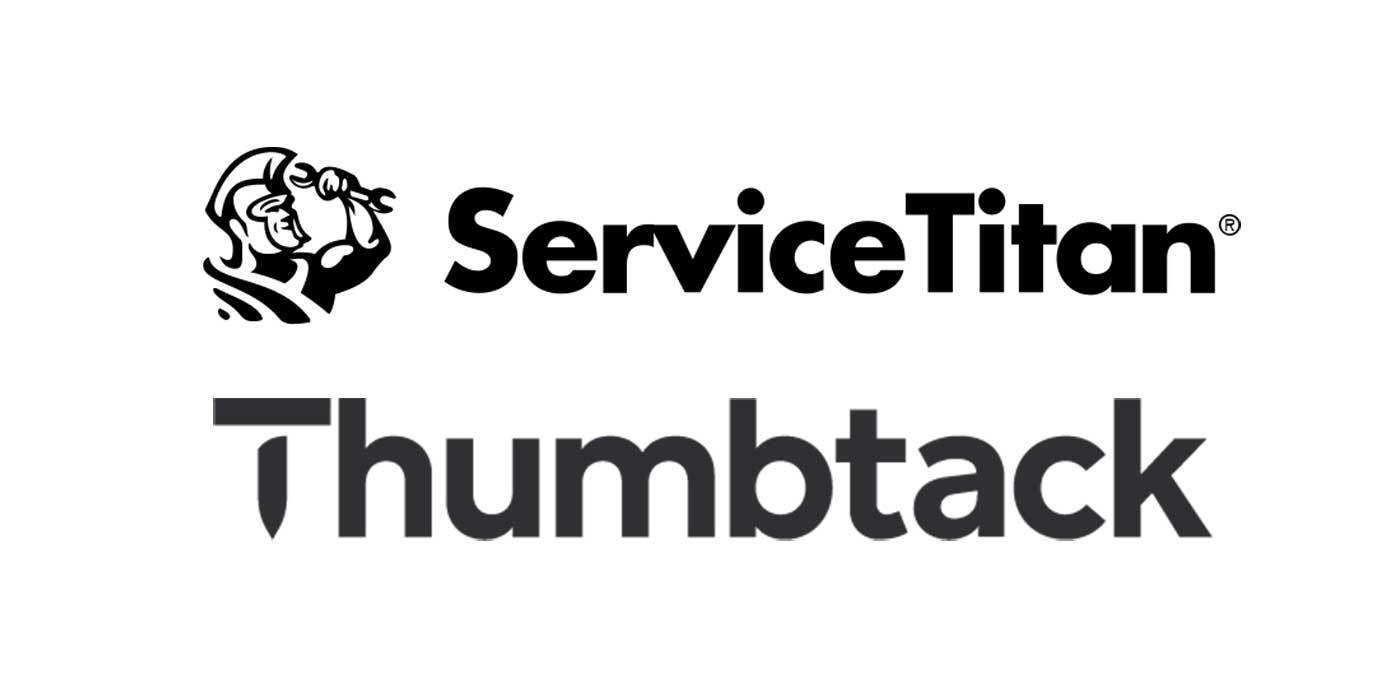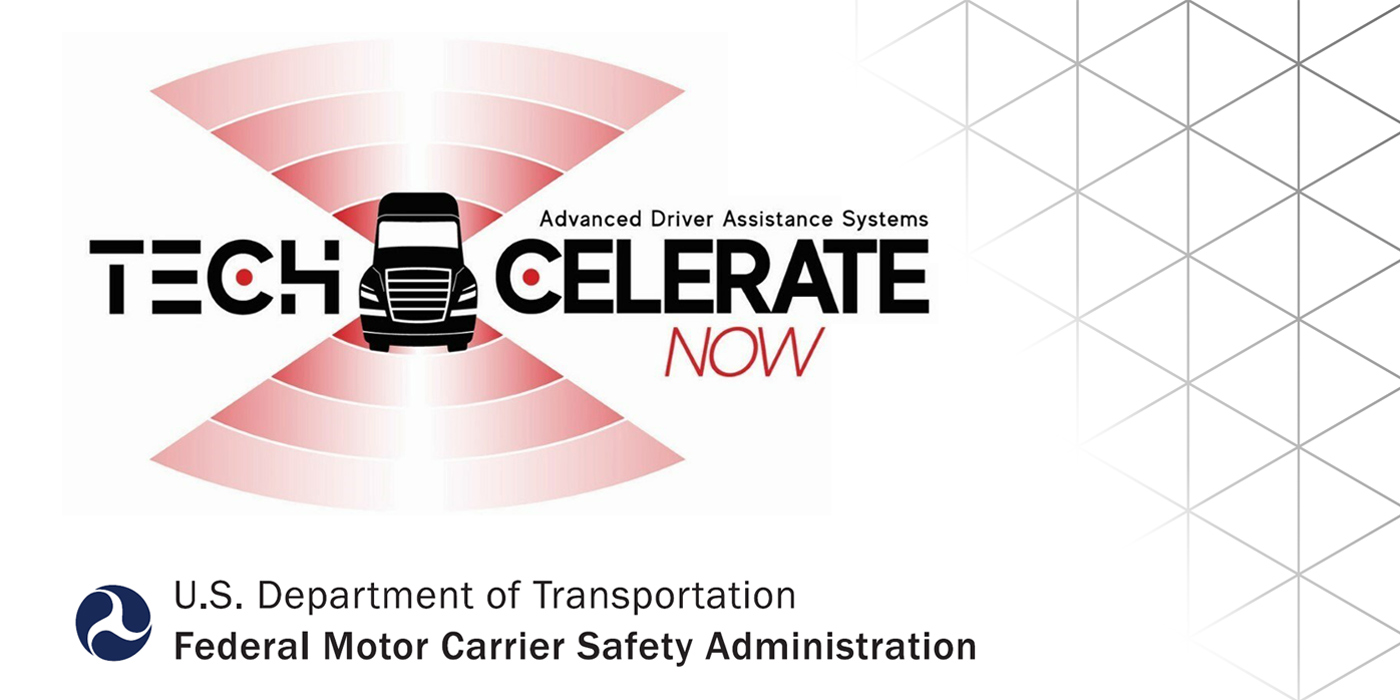Technology has been propelling human innovation since our first ancestors picked up a bone and used it as a hammer. It has made our lives easier, safer and more efficient. And when it comes to the trucking industry, technology has improved safety measures by leaps and bounds. OEMs are continuously developing advanced driver assistance systems that are integrated into their trucks.
Several of today’s most common ADAS offerings include adaptive cruise control, active brake assist, and active lane-keep assist. OEMs and suppliers offer variations on these technologies, but here’s a quick overview of what to anticipate from each system:
Adaptive cruise uses a forward looking radar to detect the distance of vehicles in front of you and adjusts your truck’s speed to maintain a safe following distance.
So if someone cuts you off or you find yourself in heavy traffic situations, this technology curtails the risk of collision through the application of active brake assist which works to slow any truck to a stop if the need arises and begins accelerating when the radar senses increased distance between you and the vehicle ahead.
ADAS technologies such as collision prevention, active brake assist and ACC have been largely adopted and bolstered by OEMs who are standardizing it’s utilization in their latest trucks.
But let’s take things one step further.
Lane keep assist technology ensures that you stay within the lines by gently steering the truck back into the middle of the lane should you get too close to the lane boundary without a turn signal.
Though OEMs haven’t pointed to specific numbers and fleets tend to guard their safety records, many OEMs have noted that ADAS suites are represented on a majority of their truck builds where the systems are available. Fleet adoption of these technologies only continues to grow.
History has shown that in due time, there’s always a new advancement just down the road. Just as lane-keep assist was built upon the initial adaptive cruise control system, ADAS will continue to advance as we truck down the road toward fully automated driving functionality.



